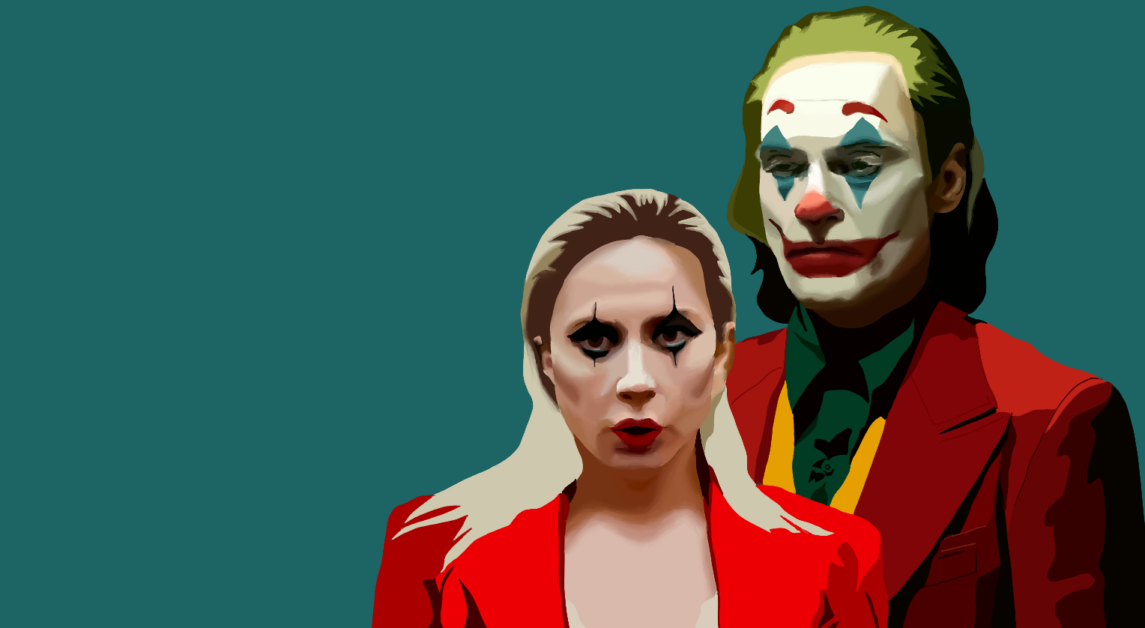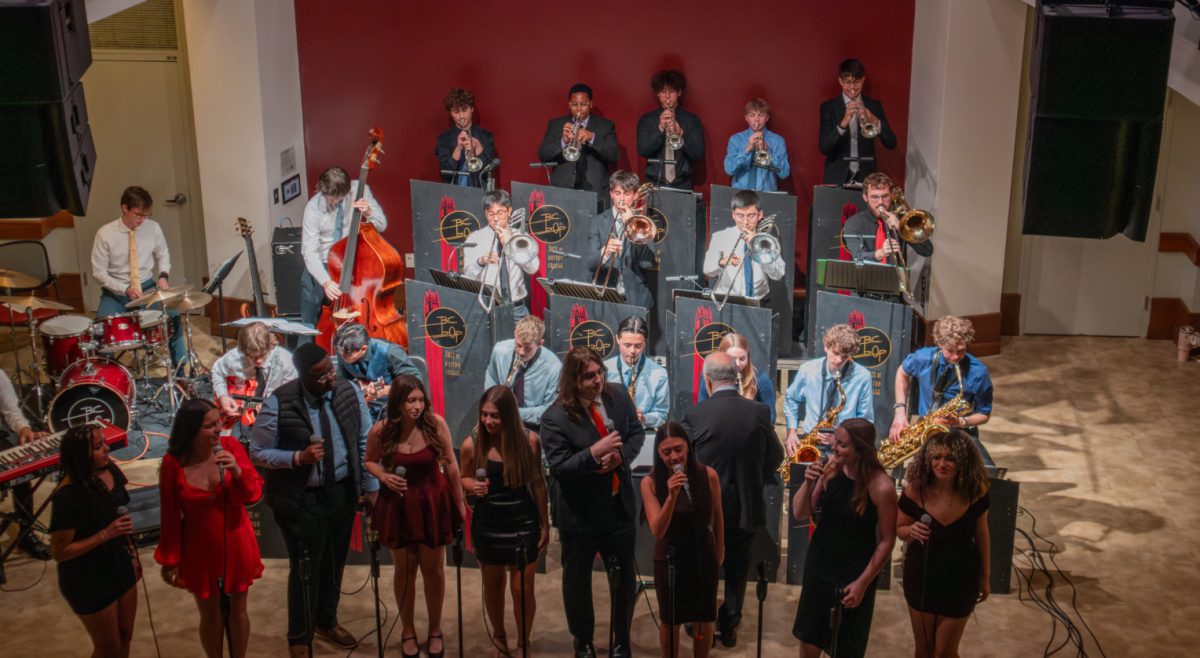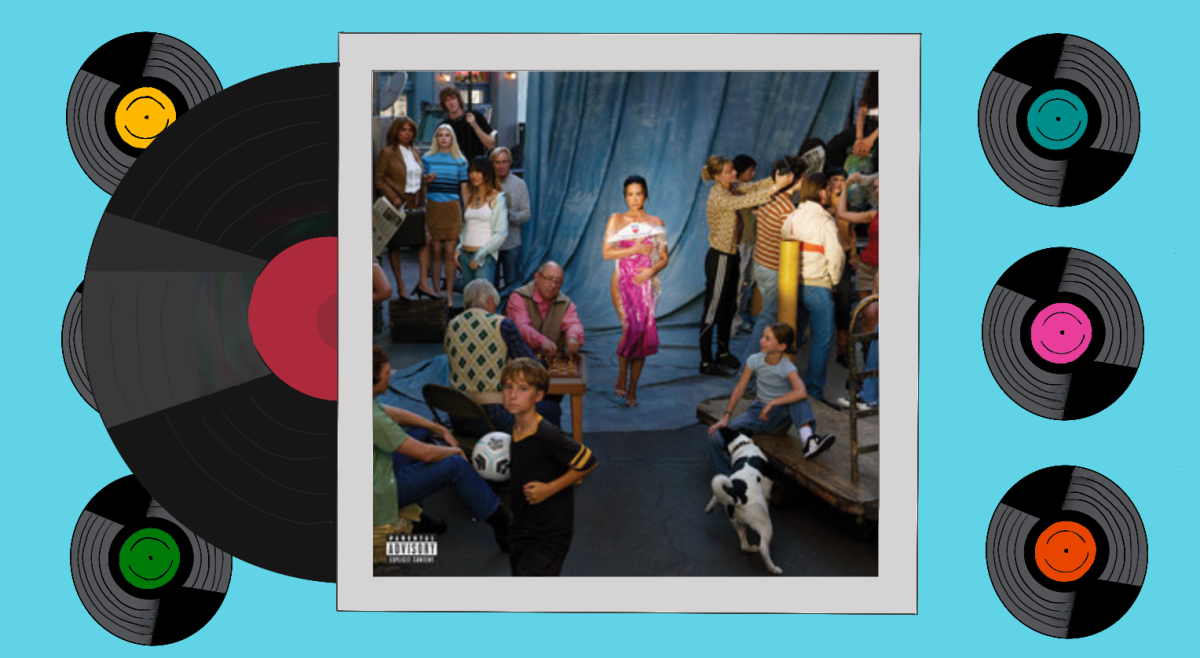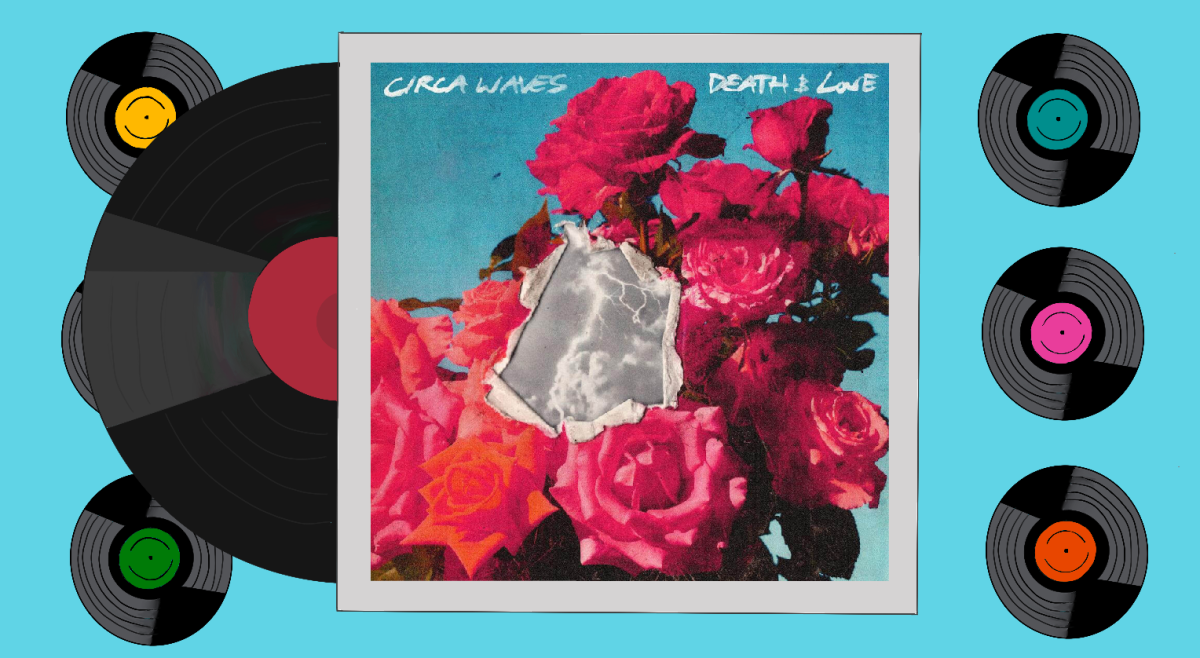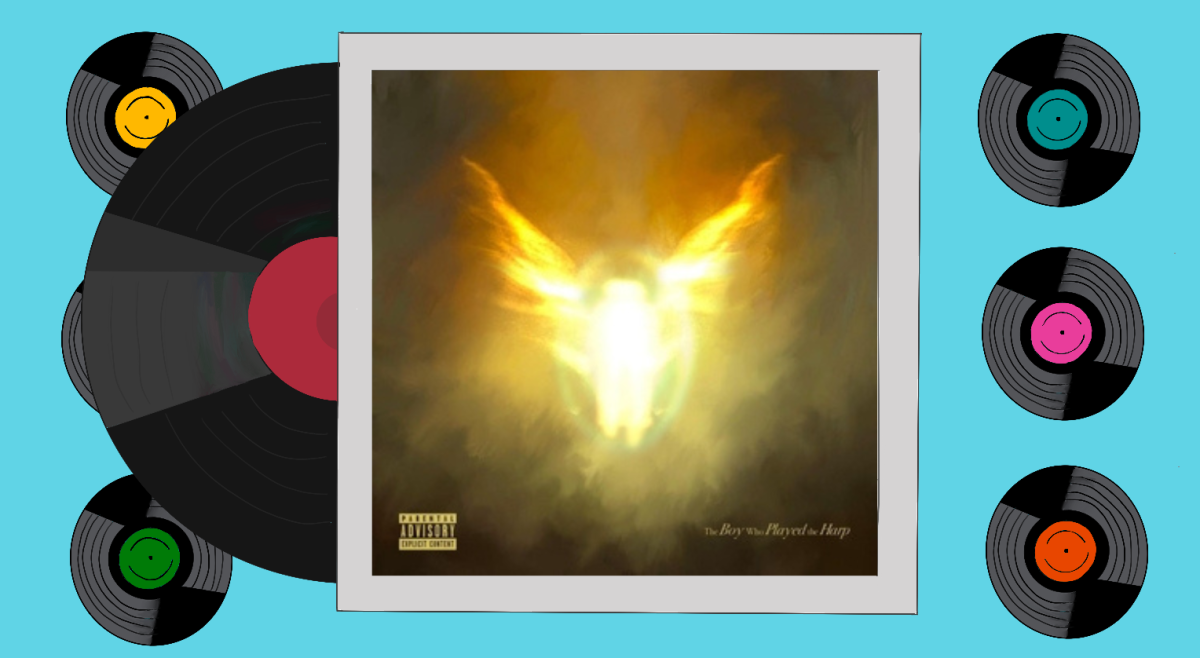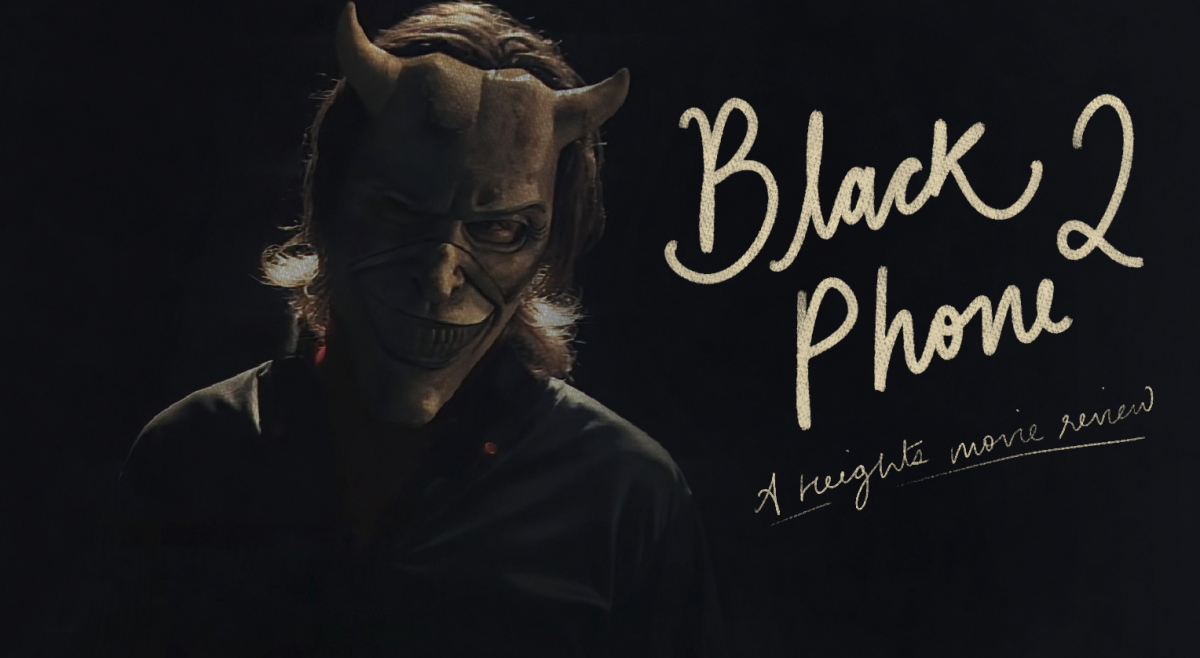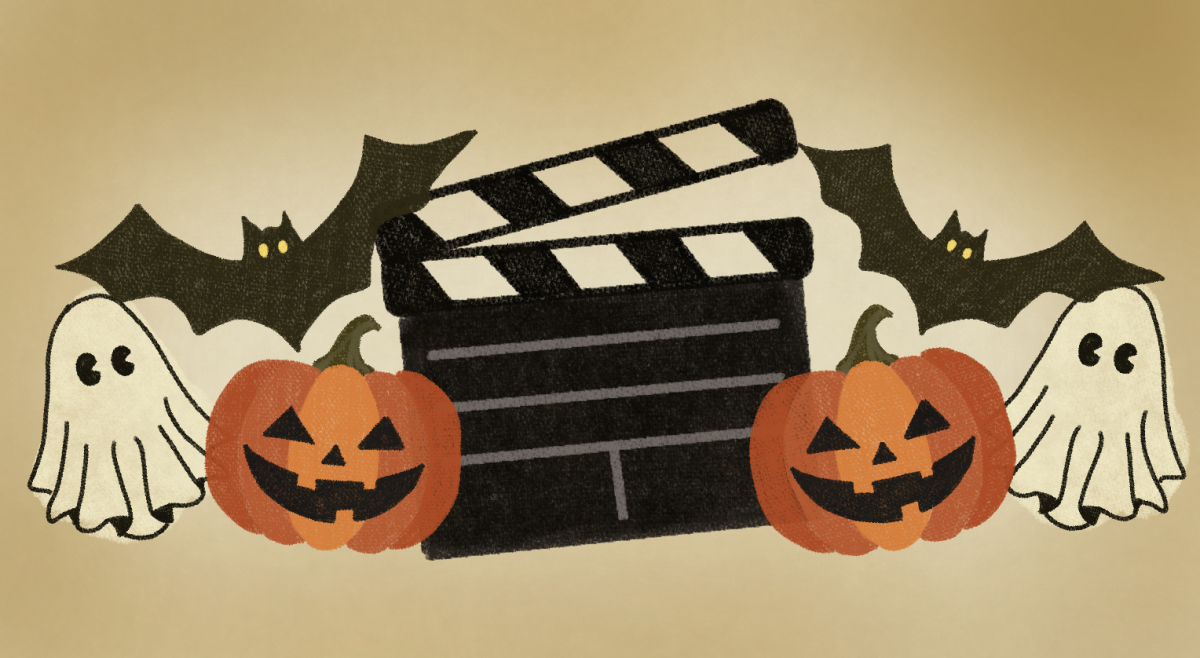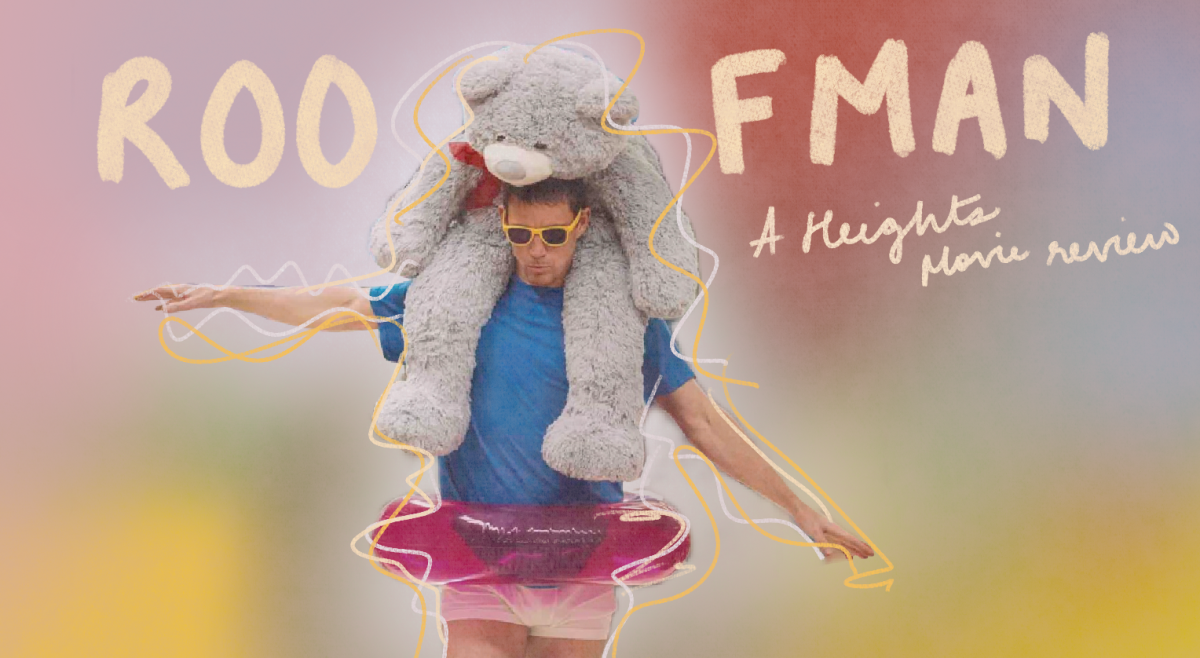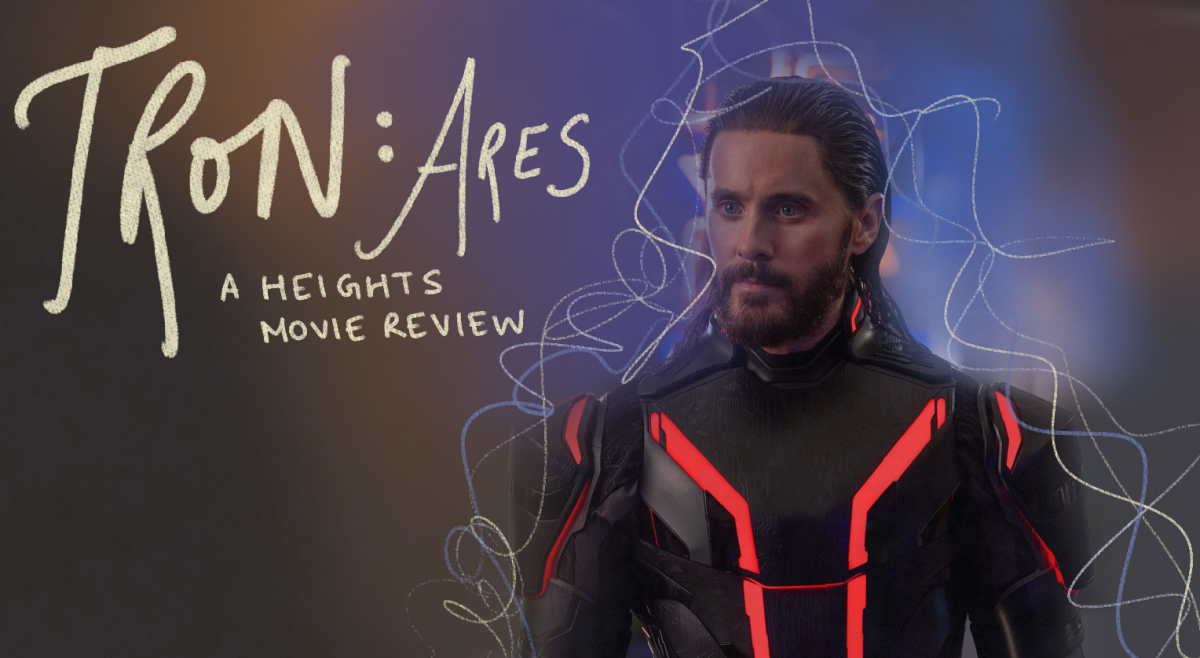★★☆☆☆
The long-awaited Joker: Folie à Deux disappoints fans of comic books, as well as fans of musicals. Despite returning Academy Award-winning actor Joaquin Phoenix as the main character alongside pop diva Lady Gaga, the sequel to Todd Phillips’ record-breaking 2019 film fails to live up to its expectations.
Joker 2 follows Arthur Fleck (Phoenix) as his mental state deteriorates while confined in Arkham State Hospital. There, he meets Lee Quinzel (Gaga), more popularly known as Harley Quinn, and the two quickly develop a relationship founded on infatuation.
Most of the scenes in the film outside of the mental facility take place in a courtroom, where Fleck is on trial for his crimes. Hearings and debates unfold over the course of the film’s 138-minute runtime, with the intention of deciding the aspiring comedian-turned-murderer’s fate.
The movie, which premiered in theaters on Oct. 4, deals with themes similar to its predecessor, with a focus on mental illness, its consequential violence, and the question of morality—or lack thereof—surrounding it. Unlike Joker (2019), Phillips’ latest film lacks the “it” factor that pulls the audience into the dark universe of the antihero.
By having the characters sing their feelings, the movie attempts to innovate, but ultimately falls short. Instead of adding a layer of emotional depth, the musical performances feel out of place, distracting viewers from the messages the characters are trying to convey.
Throughout the film, Phoenix and Gaga cover multiple songs, mainly jazz hits (“For Once in My Life” and “Bewitched”) and musical theater tracks (“If My Friends Could See Me Now” from Sweet Charity and “That’s Entertainment” from The Band Wagon).
Most notably, “Folie à Deux” was written and performed by Gaga. The song plays over one of the movie’s few romantic scenes, where Joker and Quinn carelessly tango the night away on a rooftop.
A cartoon short titled “Me and My Shadow” sets the scene before Phoenix shows up on screen. The animation, created by French director Sylvain Chomet in a style reminiscent of Looney Tunes, features Fleck’s sinister shadow as he gets ready to go on a live TV show.
The scene mirrors a key moment of the first film, where the clown mercilessly murders a TV host on air.
In the cartoon, Fleck’s shadow separates from his body right before committing the crime, hinting at the central question of the second film: Is the man on trial guilty for his actions, or is the Joker a separate personality within Fleck?
One would expect the movie to try to engage the audience on its quest for answers, but that is not the case. Despite Phoenix and Gaga’s commendable performances and notable on-screen chemistry, the overall plot fell flat. The singer’s portrayal of Quinzel showed potential, but her depth was not fully explored. Quinzel seemed to exist merely to make the audience question if anyone could be as deranged as the Joker, rather than contribute meaningfully to the story.
In terms of cinematography, Phillips’ work is worthy of praise. His creative vision shines through in key moments throughout the film, such as in the interview scenes with Fleck. These sequences are cleverly shown from two perspectives: the standard face-to-face conversation, and the tapes recorded by psychiatrists and investigators, which add a retro feel to the visuals.
Joker: Folie à Deux wasn’t dark enough to be a psychological thriller, romantic enough for a romance, or funny enough for a comedy. All it proved was that the original Joker would have been better off without a sequel.

